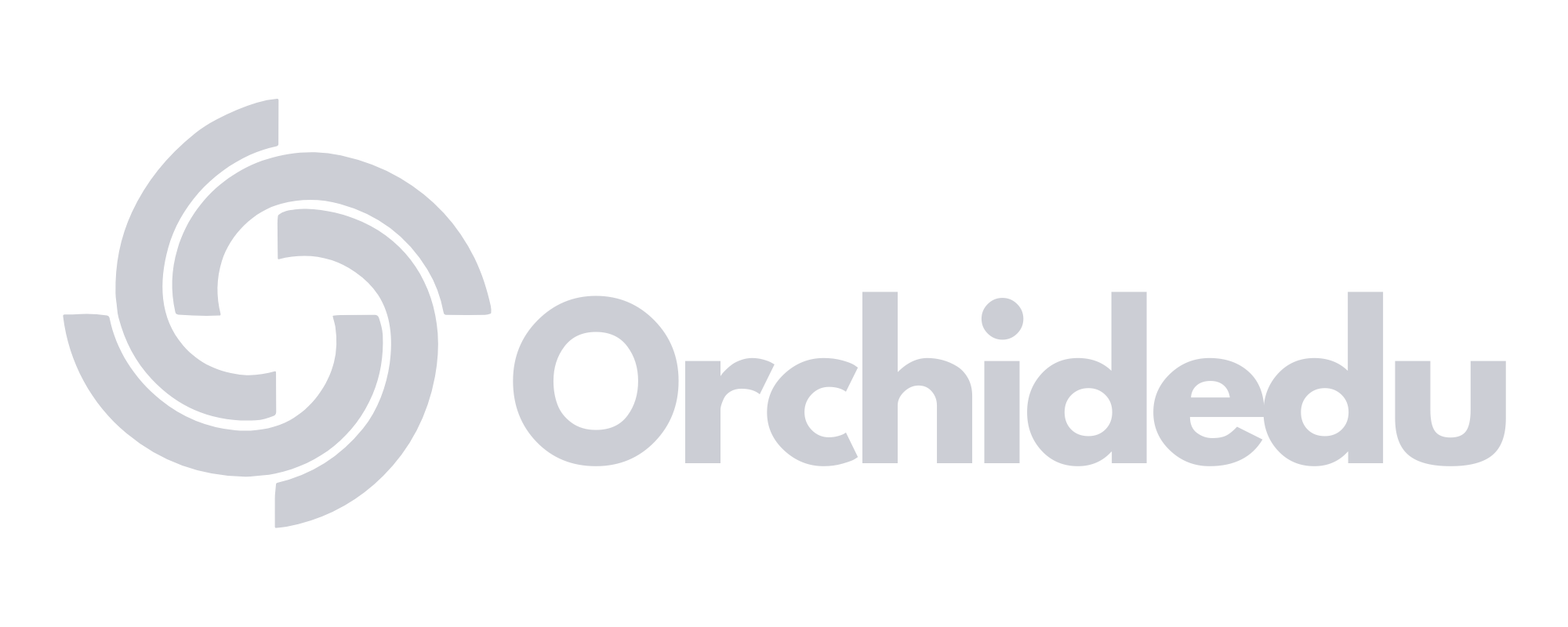Harnessing Educational Technologies: Tools for Modern Learning

Educational technologies have transformed classrooms, enabling teachers to engage students in new, interactive ways. Tools like digital whiteboards, educational apps, and virtual learning platforms make it easier to present information dynamically and cater to different learning styles. For instance, interactive whiteboards allow teachers to present lessons visually, helping students who learn best through images and diagrams. Technology also allows for instant feedback, making it easier for students to track their progress and stay motivated.

One popular tool in modern classrooms is video conferencing, which has made remote learning more accessible and flexible. Teachers can connect with students from any location, providing a continuous learning experience even when in-person classes aren’t possible. Video-based lessons also allow students to review material at their own pace, replaying lessons as needed. This adaptability is essential for accommodating diverse learning preferences and empowering students to take ownership of their education.

Gamification is another exciting development, adding a fun element to traditional subjects. Many educational apps incorporate games and challenges that make learning feel like play, motivating students to practice new skills without the stress of formal assessments. For example, language learning apps with levels and rewards encourage students to keep progressing, while math apps with problem-solving games make practicing equations more enjoyable. Gamified learning tools support active participation, helping students stay engaged.

Finally, educational technology enables collaborative learning through tools like Google Classroom, shared documents, and discussion forums. These tools allow students to work together on projects, share insights, and offer peer feedback, promoting teamwork and communication skills. As technology continues to advance, it will bring even more resources for modern learning, empowering educators to create dynamic, interactive classrooms that foster a love for learning.





